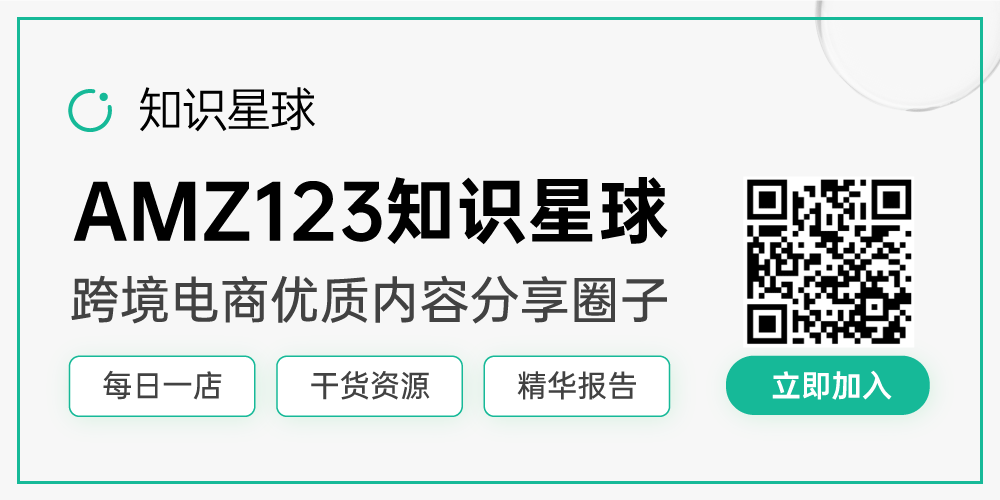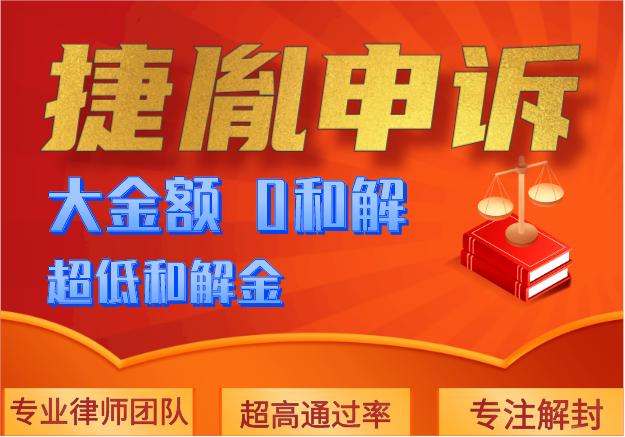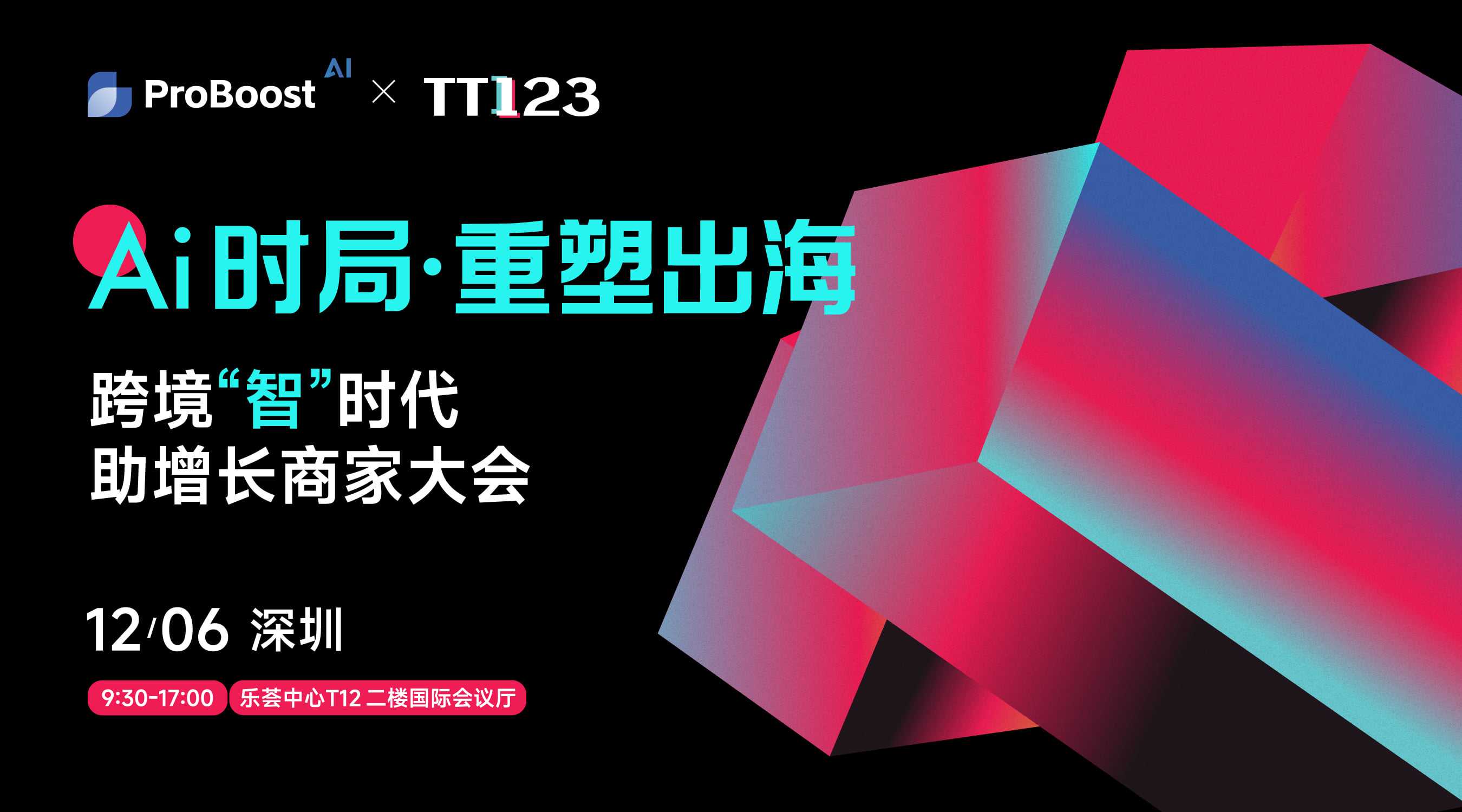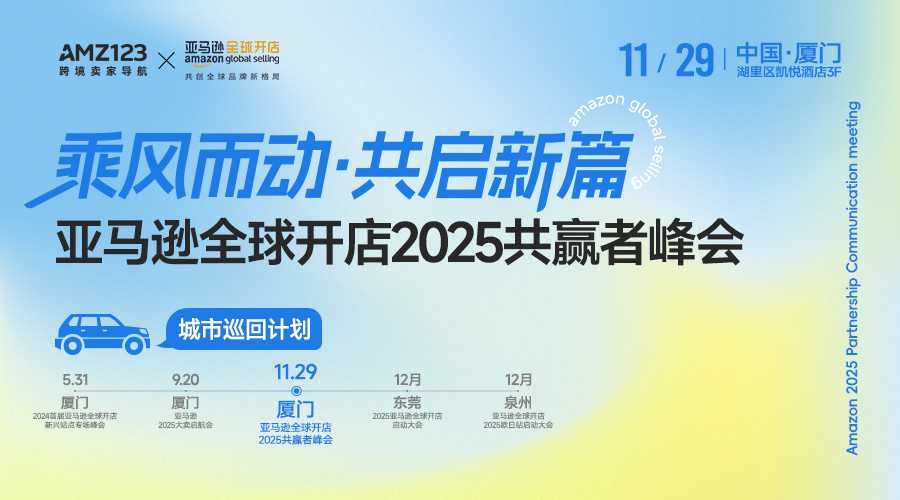APUS李涛 : 印度互联网走向何方 | 黑狮
伴随互联网全球化飞速发展,坐拥13.5亿人口红利的印度,正在成为一个被全世界垂涎欲滴的巨大市场,吸引着全球互联网巨头纷纷涌入。印度会成为下一个数字经济崛起的大国吗?
APUS创始人、董事长兼CEO李涛,日前在亚洲领先的的创业媒体平台 — YourStory 发表《India-China collaboration: a ‘smart’ South Asian tech connection》文章,深度解析印度互联网产业发展现状,并基于多年互联网出海经验,为印度的数字经济发展提出宝贵参考。
India-China collaboration: a ‘smart’ South Asian tech connection
中印合作:南亚市场科技合作的“明智之举”
Due to the similarity of the markets, the solutions developed by Chinese entrepreneurs are more suited to India rather than the one-size-fits-all strategies that you get from the majority of US technology giants.
由于中印市场的相似性,中国企业的行业解决方案比美国大多数科技巨头的一刀切战略更适合印度市场。
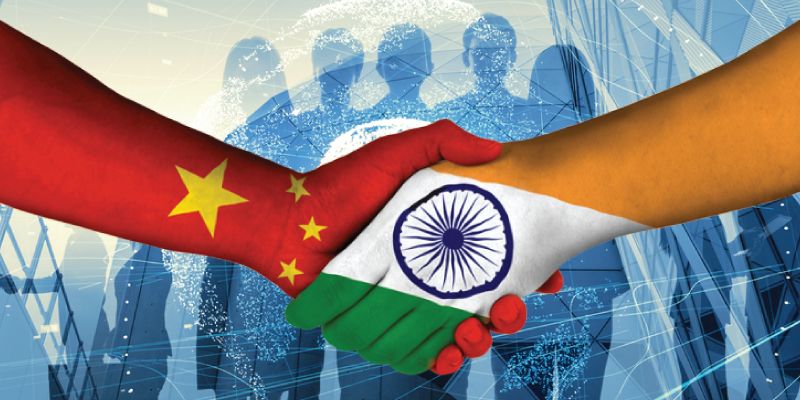
India has over two-thirds of its population under the age of 35 years and is likely to have the world’s largest workforce by the year 2027. This workforce will constitute approximately a billion people aged between 15 and 64 years, of which 390 million are millennials, and about 440 million are in the Gen-Z cohort, according to a recent study by consulting firm Deloitte. With around 12 million people being added to the working age population every year, the demographic profile will completely change the face of its economy.
印度有超过三分之二的人口在35岁以下,到2027年可能拥有世界上最大的劳动力市场。根据德勤(Deloitte)最近的一项研究显示,印度劳动力市场中大约有10亿人年龄分布在15至64岁之间,其中3.9亿人是千禧一代(生于1980-2001),4.4亿人属于Z世代(1990年代中叶至2000年后出生的人)。印度每年新增约1200万的适龄工作人口,这样的人口结构将彻底改变其经济面貌。
In China, the generation that is in its 50s today is responsible for lifting the nation out of poverty and into the middle-income status. And for India, the millennials will potentially give India the impetus to emerge as the next economic superpower.
在当今中国,50后让整个国家脱离了贫穷的级别,加入了中等收入国度之列。而对于印度来说,千禧一代将为印度成为下一个经济超级大国注入潜在动力。
China’s technology journey
中国技术发展进程
China's internet industry began in the late 90s, initially led by the US internet giants such as Yahoo. Soon, local companies also started proliferating. Over the last few decades, the Internet expanded rapidly within China. According to the latest report by China Internet Network Information Centre(CINIC), an administrative agency that falls under Chinese Ministry of Information Industry, the number of Chinese internet users reached the 800-million-mark last year, making it the largest Internet industry in the world. Interestingly, more than 70 percent of Chinese netizens uses the internet for two key segments: shopping, and entertainment. China's domestic internet giants are having a huge impact on China's economy.
中国的互联网产业始于20世纪90年代末,最初由雅虎等美国互联网巨头领导。很快,中国本土企业也开始大量涌现。在过去的数十年里,中国互联网产业发展迅猛。据中国互联网络信息中心(CNNIC)的最新报告显示,去年中国网民总量已达到8亿大关,居世界首位。更有趣的是,网络购物和休闲娱乐的用户占总体的比例超过70%。中国的国内互联网巨头对中国经济产生了巨大影响。
India’s technology Journey
印度技术发展进程
The advent of technology in India began with the IT boom in the 1980s-1990s when Wipro, Infosys, NIIT, Mastek, and other domestic companies started operations. Indian technology has evolved significantly since then, growing to add cloud-based transactions, artificial intelligence (AI), internet of things (IoT), big data analytics, augmented reality (AR), and virtual reality (VR), as well as blockchain to India’s technology expertise. India is also starting to put in place robust broadband infrastructure.
印度科技时代的到来始于20世纪80年代至90年代的IT热潮,当时Wipro,Infosys,NIIT,Mastek和其他一些印度本土公司开始崭露头角。从那时起,印度技术迅速发展,逐渐具备了云计算、人工智能(AI)、物联网(IoT)、大数据分析、AR、VR以及区块链等专业知识,并开始建立健全稳固的宽带基础设施。

In recent years, India has also seen a colossal growth in Internet penetration, mainly due to smartphones. The demand for inexpensive connectivity makes India the preferred market for Chinese smartphone manufacturing companies. Collaboration between telecom companies, smartphone makers/OEMs, makers of mobile operating systems, and advertisers from varied sectors has helped in creating a conducive environment for the overall growth of mobile-first, internet-enabled technology businesses–a trend noticed in China as well.
近年来由于智能手机的普及,印度的互联网普及率也实现了巨大增长。低价接入互联网的普及,使印度成为中国智能手机制造商的首选市场。如同中国的发展路径一样、电信公司、智能手机制造商、移动操作系统开商以及广告商之间的合作,也为印度移动先行的互联网技术业务的整体增长创造了有利环境。
In India, the market is predominantly Android-driven with little diversity in mobile operating systems, which creates a unique opportunity for Chinese players.
印度主要以安卓市场为主,手机操作系统单一,这对中国商家来说,机会难得。
Commonly referred to as the ‘World Factory’, China is a manufacturing giant, with decades of experience in the technology market, making it a valuable partner for India.
中国,被公认为“世界工厂”,在互联网技术领域拥有数十年的经验,也成为了印度重要的合作伙伴。
Xiaomi, Huawei, Oppo, and other Chinese smartphone makers—all operating manufacturing plants in India—have already had great success in the Indian market with Xiaomi's sales growing by a whopping 259 percent in 2017.
小米、华为、OPPO以及其他中国智能手机制造商,纷纷在印度投资建厂;小米2017年销售额增长率高达259%,说明其在印度市场大获成功。
The India-China partnership
中印合作
Here are the reasons a partnership between the two countries makes sense :
两国合作理由有如下几点:
1、india’s technological expertise and large talent pool ensure access to convenient, affordable, innovative technology at the grassroots level.
2、The access to technology combined with India’s new business-friendly policies and concepts of ‘agility’, ‘flexibility’, and ‘change adaptability’ is gaining popularity.
3、The country is predicted to have the largest start-up ecosystem in the world by the year 2035.
4、Over the past three calendar years, Chinese and Chinese-origin investors have poured in about $3.7 billion (₹23,600 crore) into Indian start-ups, according to data sourced from VCCEdge and Tracxn.
5、The investment has come as a boon for many startups that have had trouble getting funding from domestic sources.
1. 印度的技术能力和庞大的人才库确保了普通用户能够获得便捷、低廉、创新的技术服务。
2. 印度在招商引资方面的新政越来越受欢迎,“敏捷性”、“灵活性”以及“变化适应性”概念与技术支持相结合。
3. 预计到2035年,印度将拥有世界上最大的创业生态系统。
4. 根据VCCEdge和Tracxn的数据显示,在过去的三年中,中国人和中国的投资者已向印度的创业公司投入约37亿美元(约合2360亿卢比)。
5. 对于许多在印度国内融资困难的创业公司而言,这项投资无疑是一种福音。
Although both nations are viewed as competitors in the global market, the current breed of Chinese giants sees India as ‘the next China’. The partnership is beneficial for both countries as they have complementary strengths.
虽然中印在全球市场中是竞争对手,但是中国互联网巨头将印度视为“下一个中国”,彼此优势互补的合作对双方都有益处。
What Chinese internet companies can teach India
中国互联网公司可以向印度传授什么经验?
Most industry experts opine that an emerging market like India should learn from Chinese internet companies rather than its US counterparts purely because of their similarities. Many argue that the challenges and problems that most consumers have in Southeast Asia and South Asia, including India, are very similar to the ones faced by China.
Therefore, the solutions developed by Chinese entrepreneurs are more suited to these markets rather than the one-size-fits-all strategies that you get from the majority of the US technology giants. Chinese players also understand Indian consumers better, and it could prove to be a win-win situation for both nations.
行业专家大多认为,单从中印市场的相似度来说,像印度这样的新兴市场应该向中国互联网公司学习,而不是向美国同行学习。许多人认为,大多数消费者在东南亚和南亚(包括印度在内)面临的困境和问题与中国当年遇到的非常相似。
因此,中国企业的行业解决方案更适合这些市场,而非大多数美国科技巨头的一刀切战略。中国企业家也更了解印度消费者,这对两国来说都是一个双赢的局面。
 本文作者 李涛,APUS 创始人、董事长兼CEO。前奇虎360高级副总裁。李涛先生同时也是一名活跃的风险投资家,投资了国内外一些富有创新思想的初创企业,包括媒体、虚拟技术和视频广告企业等。
本文作者 李涛,APUS 创始人、董事长兼CEO。前奇虎360高级副总裁。李涛先生同时也是一名活跃的风险投资家,投资了国内外一些富有创新思想的初创企业,包括媒体、虚拟技术和视频广告企业等。






